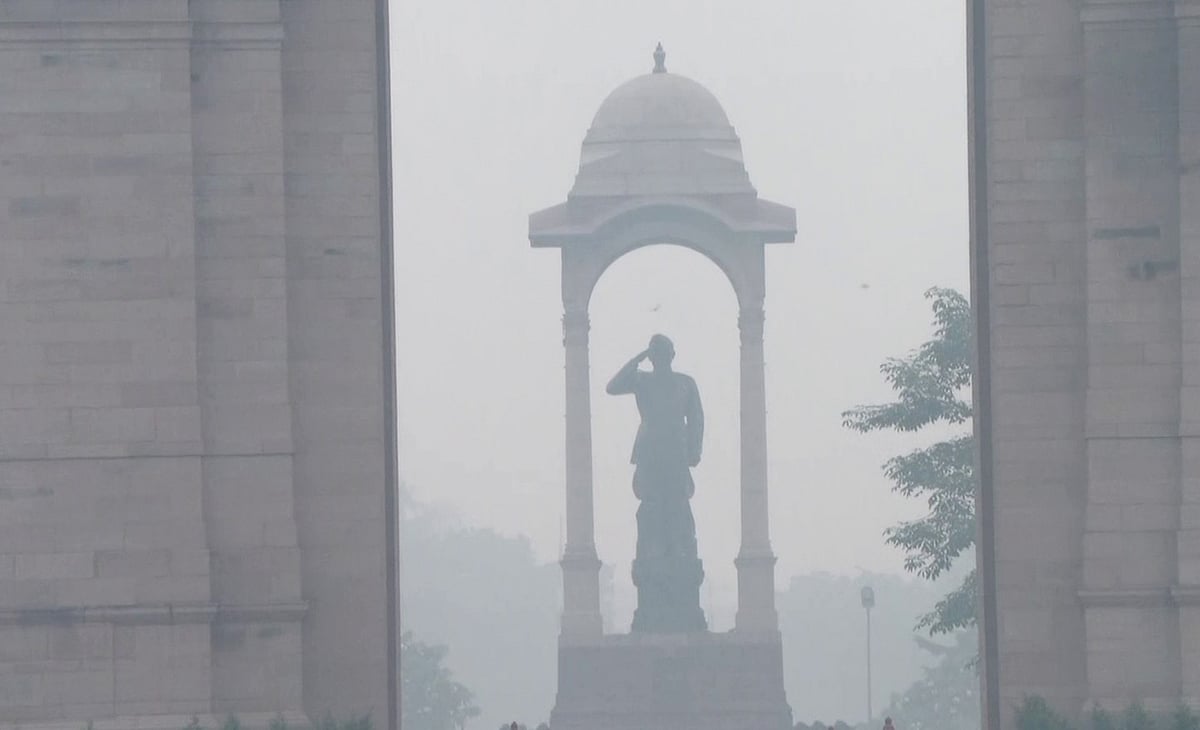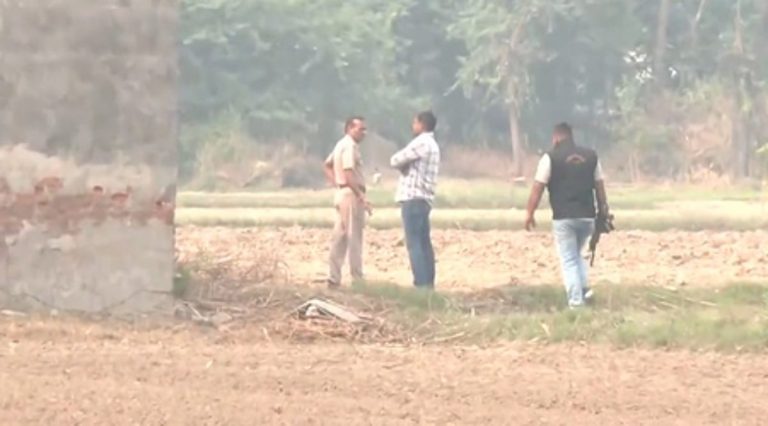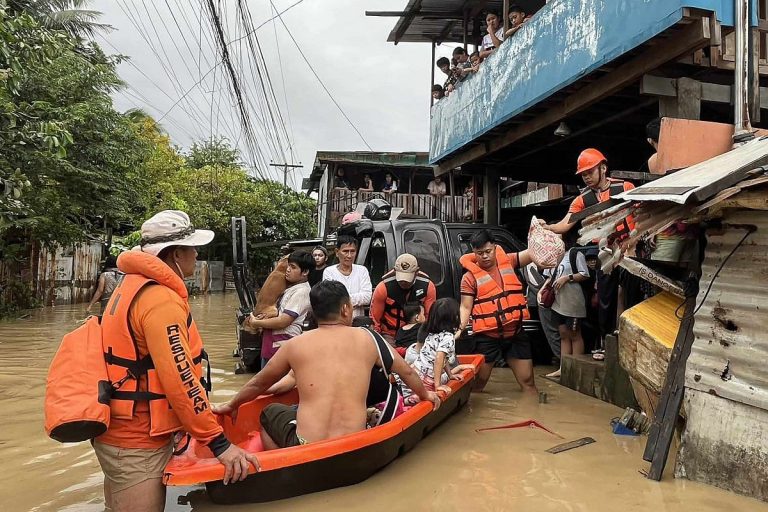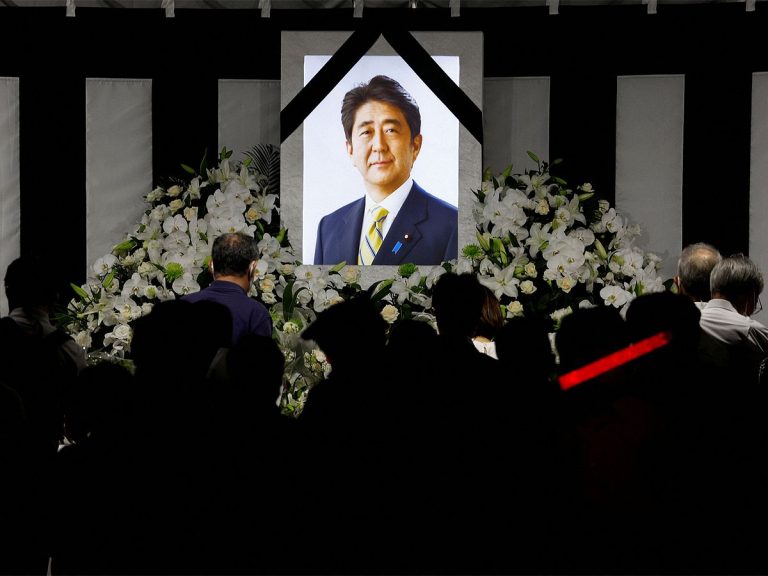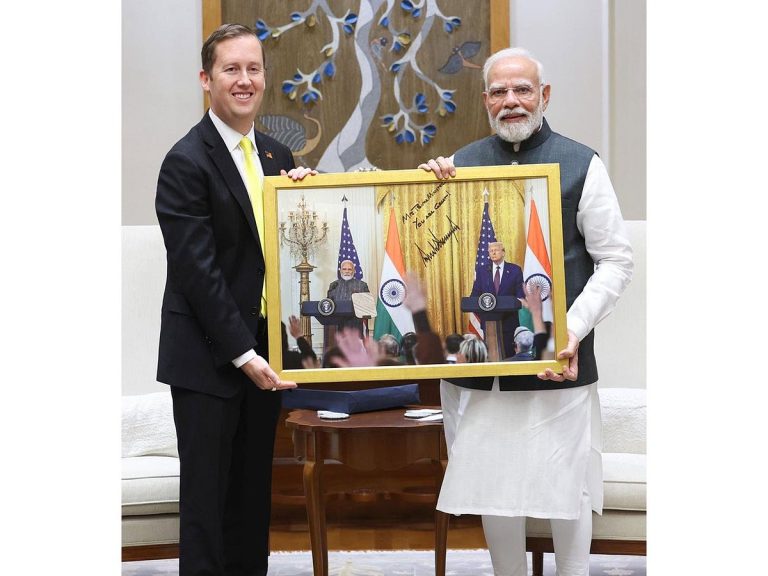New Delhi’s Air Pollution Crisis: Health Risks Surge
New Delhi is currently grappling with a serious air quality crisis, as pollution levels have surged to alarming heights. The capital city, home to over 30 million residents, is experiencing air quality that exceeds the World Health Organization’s recommended limits by more than 16 times. This situation has raised significant health concerns for the population, particularly in the wake of recent festivities.
Causes of the Pollution Surge
The winter months in New Delhi typically see a spike in air pollution due to a combination of factors. Cooler temperatures trap pollutants close to the ground, exacerbating the situation. Major contributors include emissions from crop burning, industrial activities, and heavy vehicular traffic. This year, the pollution levels have been further aggravated by the use of fireworks during Diwali, a major Hindu festival celebrated recently.
Government Response and Measures
In response to the deteriorating air quality, the Supreme Court recently relaxed a previous ban on fireworks, allowing the use of “green firecrackers” that are designed to produce fewer harmful emissions. However, the effectiveness of this measure remains questionable, as past bans have often been disregarded. On Monday, air quality monitoring organization IQAir reported PM2.5 levels reaching 248 micrograms per cubic meter in certain areas of the city, a concerning figure given the health risks associated with such high concentrations of fine particulate matter.
To combat the pollution crisis, the Commission of Air Quality Management has implemented several initiatives. These include ensuring a consistent power supply to minimize reliance on diesel generators, which contribute significantly to air pollution. Additionally, city officials are set to trial cloud seeding techniques, a method that involves dispersing substances into the atmosphere to encourage rainfall, thereby helping to clear the air.
Health Implications
The health implications of this severe air pollution are dire. A study published in The Lancet Planetary Health estimated that air pollution was linked to approximately 3.8 million deaths in India between 2009 and 2019. Moreover, the United Nations children’s agency has highlighted that polluted air poses a heightened risk of acute respiratory infections in children, further underscoring the urgent need for effective solutions.
FAQs
What are the main sources of air pollution in New Delhi?
The primary sources of air pollution in New Delhi include emissions from vehicles, industrial activities, and agricultural practices such as crop burning.
How does the government plan to address the air quality crisis?
The government has implemented measures such as promoting the use of green firecrackers, ensuring a stable power supply to reduce diesel generator use, and trialing cloud seeding to induce rainfall.
What health risks are associated with high levels of air pollution?
High levels of air pollution can lead to serious health issues, including respiratory infections, cardiovascular diseases, and increased mortality rates, particularly among vulnerable populations like children and the elderly.
Conclusion
New Delhi is facing a critical air pollution crisis that poses significant health risks to its residents. With government measures in place and ongoing efforts to mitigate the situation, it remains essential for authorities and citizens alike to prioritize air quality improvement initiatives. Continued monitoring and effective implementation of strategies will be crucial in addressing this pressing public health concern.
The air pollution crisis in New Delhi is not an isolated issue; it reflects broader environmental challenges faced by many urban areas in India. Rapid urbanization, population growth, and industrial expansion have contributed to deteriorating air quality across the country. The Indian government has recognized air pollution as a critical public health issue, prompting various initiatives aimed at improving air quality, including the National Clean Air Programme, which seeks to reduce particulate matter levels in cities by 20-30% by 2024.
Public awareness campaigns are also gaining traction, emphasizing the importance of individual actions in combating air pollution. Citizens are encouraged to adopt practices such as carpooling, using public transportation, and reducing the use of generators. Additionally, local organizations and environmental groups are advocating for stricter regulations on emissions and promoting sustainable practices to foster a healthier urban environment.
As New Delhi continues to confront its air quality challenges, the collaboration between government agencies, civil society, and the public will be essential. Long-term solutions will require a multifaceted approach that addresses the root causes of pollution while fostering a culture of environmental responsibility among residents.
Also Read:
Dubai Launches New AI Initiatives for Digital Growth

